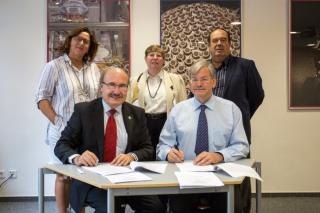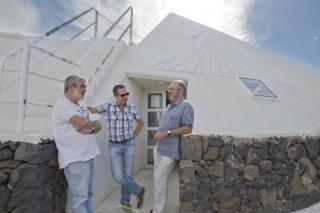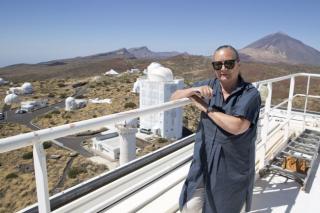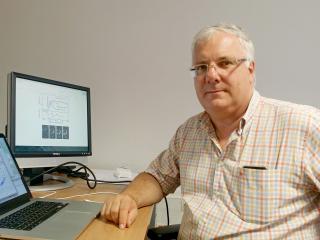
Spain will receive 10% of the observing time in return for providing the infrastructure and common services, above all the excellent digital connectivity of the Observatory with the rest of the world.
Advertised on
This section includes scientific and technological news from the IAC and its Observatories, as well as press releases on scientific and technological results, astronomical events, educational projects, outreach activities and institutional events.





